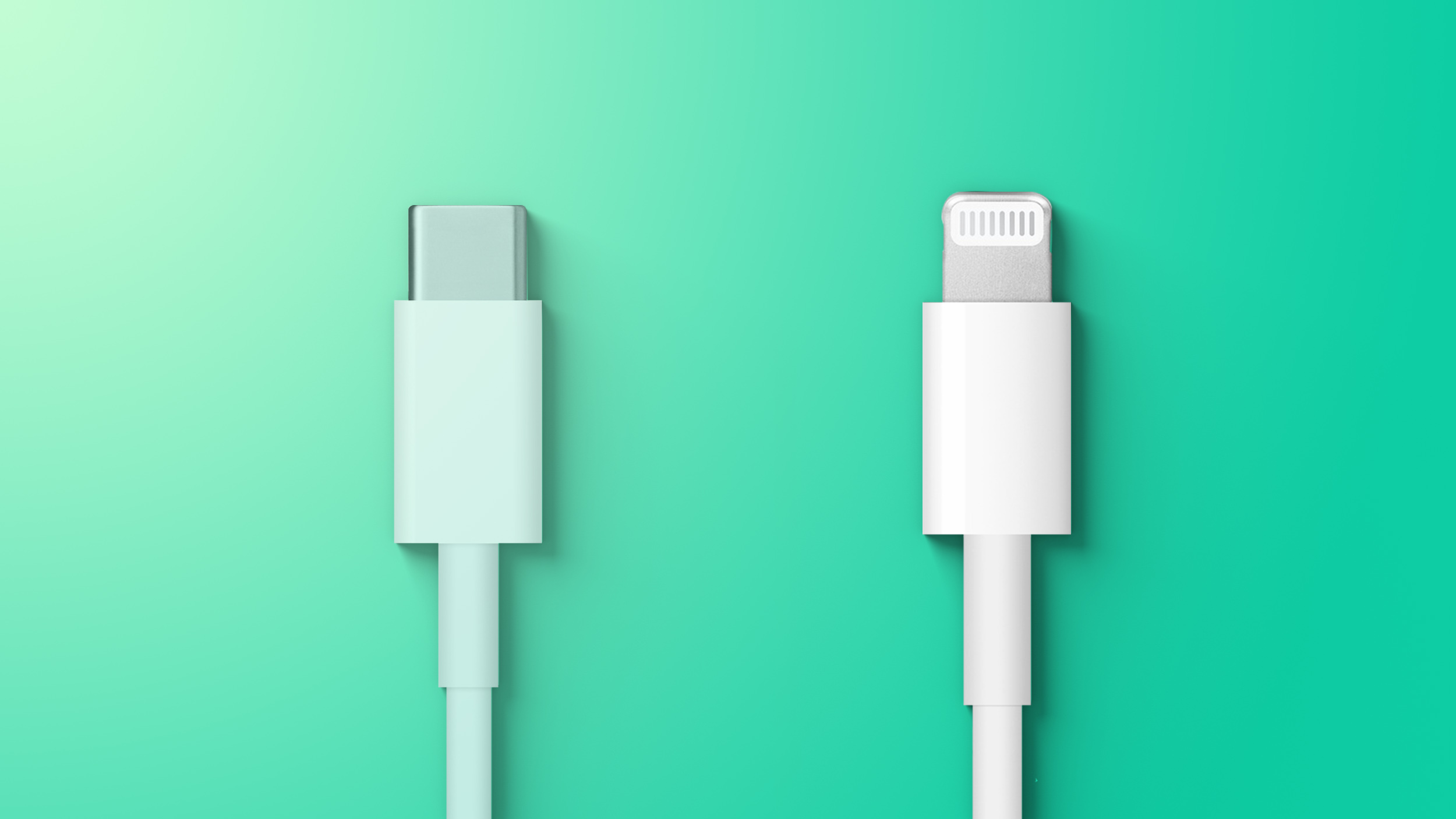This article has been indexed from MacRumors: Mac News and Rumors – Front Page
When Phil Schiller introduced the Lightning connector at the unveiling of the iPhone 5 in September 2012, he called it “a modern connector for the next decade,” and with that 10-year mark coming up later this year, questions remain over what the future of the iPhone looks like and whether or not that future will include a Lightning port, or perhaps no port at all.

Every iPhone since the iPhone 5 has featured a Lightning port, which Apple touted in 2012 as a “smaller, smarter and more durable” port compared to the previous 30-pin connector. Even as the majority of the company’s iPad line and the entire Mac line now feature USB-C, the iPhone has become the odd one out with its inclusion of Lightning.
The smartphone industry has rapidly transitioned to USB-C, with the vast majority of handsets on the market featuring the more versatile port. Apple’s reluctance to follow the industry in adopting USB-C has annoyed many customers, but it appears Apple is sticking with Lightning on iPhone for the considerable future.
Apple analyst Ming-Chi Kuo, who frequently shares accurate insights into Apple’s product plans, has said the company believes the adoption of USB-C would negatively impact its Made for iPhone (MFi) program and notes that Apple is concerned about lower standards of water resistance for USB-C compared to Lightning. Given those two points, Kuo says the iPhone will continue to feature Lightning for the “foreseeable future.”

Apple’s ultimate goal for the iPhone is to go completely portless, relying on Apple’s Lightning Port is Nearing Its Expiration Date, So What’s Next for the iPhone?